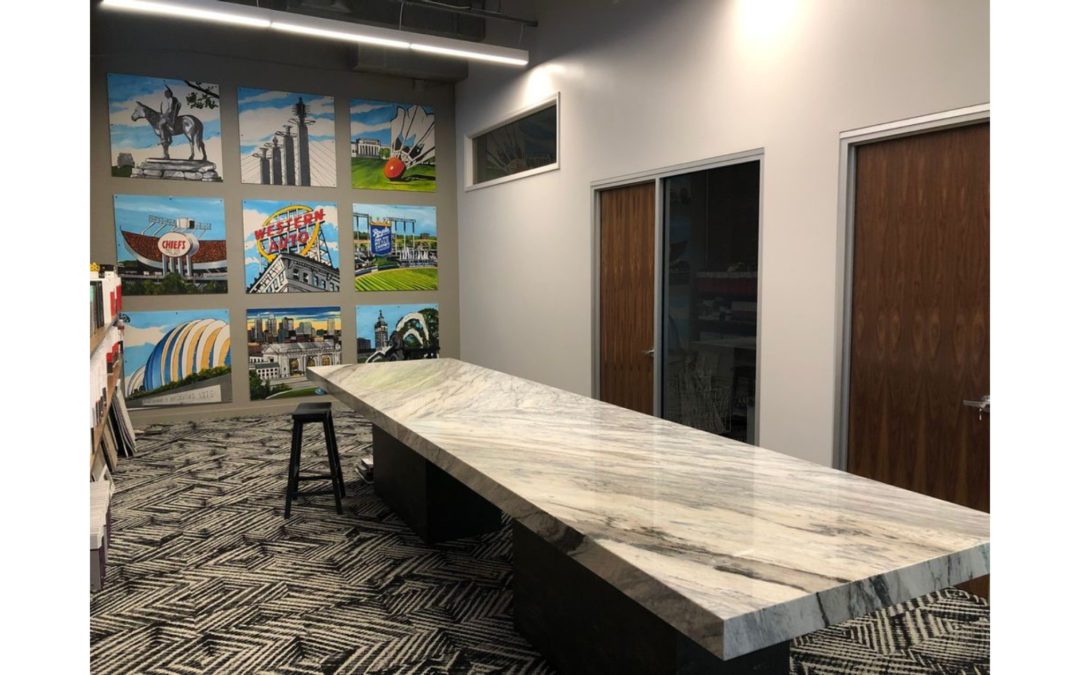Tenant and property owner relations can be a bit tricky at times. There are so many aspects of a lease for both parties to acknowledge and understanding your lease details isn’t always easy. One section typically included in leases but seldom fully understood by tenants before entering lease negotiations is the tenant improvement construction process.
Tenant improvement construction is done to configure a space to better suit the tenants’ needs. But it is important to understand the tenant improvement construction process and what to look for within the confines of your lease.
When it comes to leasing commercial space, discussing tenant improvement construction is generally part of the lease negotiation. This is done so that the lease agreement can outline details such as the extent of the landlord’s contributions to the project. When negotiating tenant improvement construction in your next lease for a commercial property, be sure to go over the following details:
- The Turn-Key Build Out – Provisions are the most tenant-friendly and typically mean that all improvements are explicitly listed within the lease and the landlord takes care of the permitting, construction, and pays for it all.
- Rentable vs. Usable –If the lease says the tenant can make improvements to rentable space, work can be done to common areas of the building. Usable space agreements mean a project allowance is given based on the actual usable square footage of the building.
- Scope of Work – Does the lease specify what type of tenant improvement construction can be done?
- Substantial Completion – A lease with tenant improvement construction provisions should include a substantial completion date. It is a best practice to align the substantial completion date with the beginning of rental payments by the tenant.
- Additional Costs – Tenant improvement construction involves a lot of variables. This can lead to cost overruns and inflated budgets. Make sure it answers whether or not overrun expenses are capped and who is responsible for those costs.
The planning for tenant improvement construction can be broken down into three parts:
- Design
- Planning
- Construction cost estimation
When choosing a contractor be sure to ask the following questions:
- Is the contractor licensed and insured?
- Can they give you references/examples of similar tenant improvement projects they’ve completed in the past?
- How much experience?
Management of Construction in Progress
The construction of your project should be evaluated regularly. Reports should include inspection results, pictures of project progress, and any schedule updates or notifications of potential delays.
It’s also important to make sure utilities are all set up and ready for construction to begin to avoid delays. Make sure you hire an experienced, licensed team that is familiar with building codes and regulations in the area where you are working to manage your construction.
Certificate of Occupancy
After the project is finished and all inspections have been completed, you should receive a certificate of occupancy. This certificate shows that the work you’ve done to the property has been inspected and approved by all necessary local authorities and the structure is, in fact, livable and safe. Once you receive a certificate of occupancy, your space is officially ready to use for your business!

